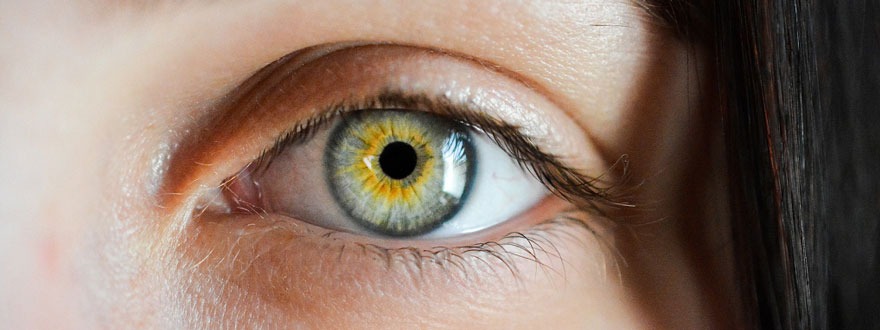Glaucoma

Glaucoma is a group of eye diseases characterized by damage to the optic nerve, often associated with elevated intraocular pressure (IOP), which can lead to vision loss and blindness if left untreated.
Our focus is on diagnosing, managing, and treating glaucoma, a group of eye conditions characterized by damage to the optic nerve, often associated with elevated intraocular pressure (IOP). Glaucoma is a leading cause of irreversible vision loss and blindness worldwide.
Here's an overview of what this service entails:
- Patient Evaluation & Diagnosis: Patients undergo a comprehensive eye examination to assess their risk factors for glaucoma, measure IOP, evaluate the optic nerve head, and assess visual field function. Additional diagnostic tests, such as optical coherence tomography (OCT) and gonioscopy, may be performed to aid in diagnosis and monitoring.
- Classification & Staging: Based on the evaluation, the type and stage of glaucoma are determined. Common types of glaucoma include primary open-angle glaucoma (POAG), angle-closure glaucoma, normal-tension glaucoma, and secondary glaucomas. Staging involves assessing the extent of optic nerve damage, visual field loss, and other factors to guide treatment decisions.
- Patient Education & Support: Educating patients about the nature of glaucoma, the importance of compliance with treatment regimens, and the need for regular monitoring is essential for optimal management. Providing information on potential side effects of medications, proper administration of eye drops, and strategies for coping with vision loss can help empower patients to actively participate in their care.
By offering glaucoma services, our aim is to preserve vision, prevent progression of the disease, and improve the quality of life for patients affected by this sight-threatening condition. This comprehensive approach to glaucoma management involves early detection, individualized treatment plans, and ongoing monitoring to optimize outcomes and minimize visual impairment.